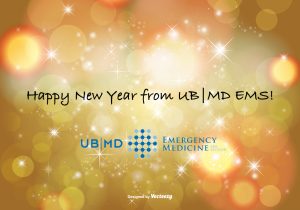As a reminder, plenty of Spring 2025 classes are available at SUNY Niagara, including EMT Original and EMT Refresher, AEMT Original and Refresher, and Paramedic Refresher. To apply or for more information visit: https://www.niagaracc.suny.edu/wd or call: (716) 614-6236
- EMT Original and Refresher – Mon/Wed – 1/29/25 – 5/6/25
- EMT Original/Refresher – Saturday – 1/25/25 – 5/6/25
- AEMT Original/Refresher – Tues/Thurs – 1/30/25 – 5/6/25
- Paramedic Refresher – Tues/Thurs – 1/30/25 – 5/6/25
Click here for the flyer with more details!
Students are responsible for all textbooks and specialty certification costs to include, but not limited to, CPR, PALS, ACLS, and ITLS/PHTLS as applicable. Applicants must meet as well as pass/satisfy all entrance requirements. Both an application and payment for the course are required to secure your spot. We require sufficient time prior to registration to ensure enough instructional staff is available. You will not be allowed to show up on the day of class and participate if you have not previously been registered. SUNY Niagara (NCCC) reserves the right to cancel courses due to insufficient enrollment or other unforeseen circumstances.


